It’s officially Fall and the weather (at least where I live) has been unseasonably unpredictable. Two weeks ago the thought of wearing sleeves or pants made me sweat, but this week I can’t leave the house without a jacket during the walk to school each morning. During the transition between seasons I find myself reaching for the “in between” items. The light jackets and sweaters are the items that I rarely shop for but honestly they probably get the most wear!
I know I’m not alone, as we have several clients requesting closet organization and refreshes. The turn of the season brings the “out with the old, in with the new” mentality, but in my line of work I have seen time and time again that it is more difficult for people to practice what they preach. I get it! There is guilt, shame, and indecision associated with closet decluttering. And physical clutter–like an overstuffed closet–can absolutely contribute to mental clutter. When you walk into your closet and feel like you have nothing to wear but see your closet rod bowing from the weight of the hangers, it’s common to feel confused. When you go through your closet and start a donation bag, it’s common to feel guilty for wasting money on all of the clothing you don’t wear. But focusing on creating a closet full of only pieces that you love, fit into, and actually wear will make getting dressed each morning so much easier since you’ll be able to see what you have.
So, here are the tips that I tell all of my clients. There are no strict rules that you have to follow, and honestly very little time that goes into it if you keep up with the process seasonally.
5 TIPS FOR TRANSITIONING YOUR WARDROBE BETWEEN SEASONS
-
Forget the 1-year rule. At the close of each season take a sweep through the closet to see what’s been worn and what hasn’t. If you didn’t wear it, why? If reasons of discomfort or poor fitting were the case, let it go. But, if you still love it and want to give yourself one more opportunity to wear it, we let it slide. In these situations I like to reverse the hanger so that at the end of the season you can take a quick visual inventory of clothing that is still reversed–these are the items that you gave yourself a chance to wear but clearly never reached for.
-
Keep up with wardrobe repairs. Like you would for a dentist or doctor, schedule an appointment with yourself to look through your closet. Take inventory of what needs to be repaired, replaced, or taken to the cleaners. These are tasks that often get overlooked, but taking two minutes per month to maintain your wardrobe will keep your clothes in great condition. If an item isn’t comfortable or doesn’t fit, is too damaged to salvage, or just no longer is your style don’t let it take up space in your closet. Take this as a cue to trash, donate, or consign your unwanted items rather than having them take up space in your new home. Remember, consignment stores accept in-season items, so if you plan to get rid of any Spring/Summer pieces you will need to store them for the time being. Take the pieces off of your hanger and store in a bin out of the way so that when the warmer months roll around you are ready to just take your bin to the consignment store.
-
Set up closet for ready-to-wear. When I edit my closet I make sure that what I’m stocking in my closet are items that not only fit but are also things that I like to wear. Trying on multiple outfits each morning is not only frustrating, but time consuming. Having pieces that I know will look great and make me feel confident wearing is key to getting my day started on the right foot.
-
Categorize collections. Our clients have great collections of clothing, shoes, and accessories and more often than not their closets are making these items very accessible to the user. Creating categories based on how you live will not only make it easier to access the outfit of the day, but makes keeping up with the overall system easy to manage it’s created based on how and what they wear. For example, if daily attire includes suits, blouses, and pumps those items get priority placement in the closet, which means on a level that is easy to reach and see. Then, within each category I break down the category and divide by color, style, etc. Categorizing is a budget-friendly way to streamline a closet and enhance the overall look of the space, regardless of its size or design.
-
Protect and store. Before you transfer your out of season clothing into storage bags or bins, make sure to make any repairs and clean the items before packing them away. That way, when it’s time to pull them back out they are clean and ready to wear. Add a label to the side of your bin to note exactly what is inside (ex. “Spring/Summer Dresses”) to make it easy on yourself when it comes time to locate and unload the box.
I’d love to know: how do you store your seasonal clothing? Do you swap out out-of-season clothing as you bring in seasonally appropriate items, or do you keep everything stored in your main closet? Let me know in the comment section!
PRODUCTS I LOVE
Rachel and Company is a professional organizing firm based in Bethesda, MD, serving clients in the Washington, DC area including: Potomac, Maryland Georgetown, the Palisades, McLean, Arlington, and Alexandria, Virginia.
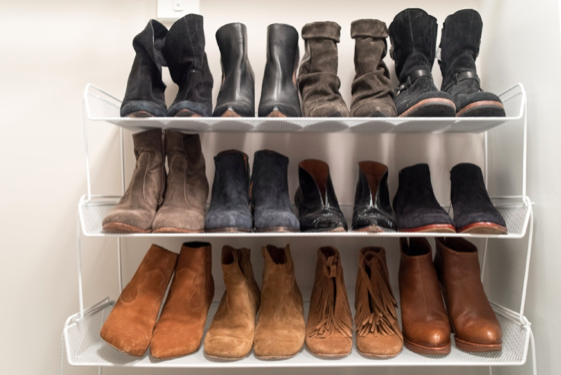

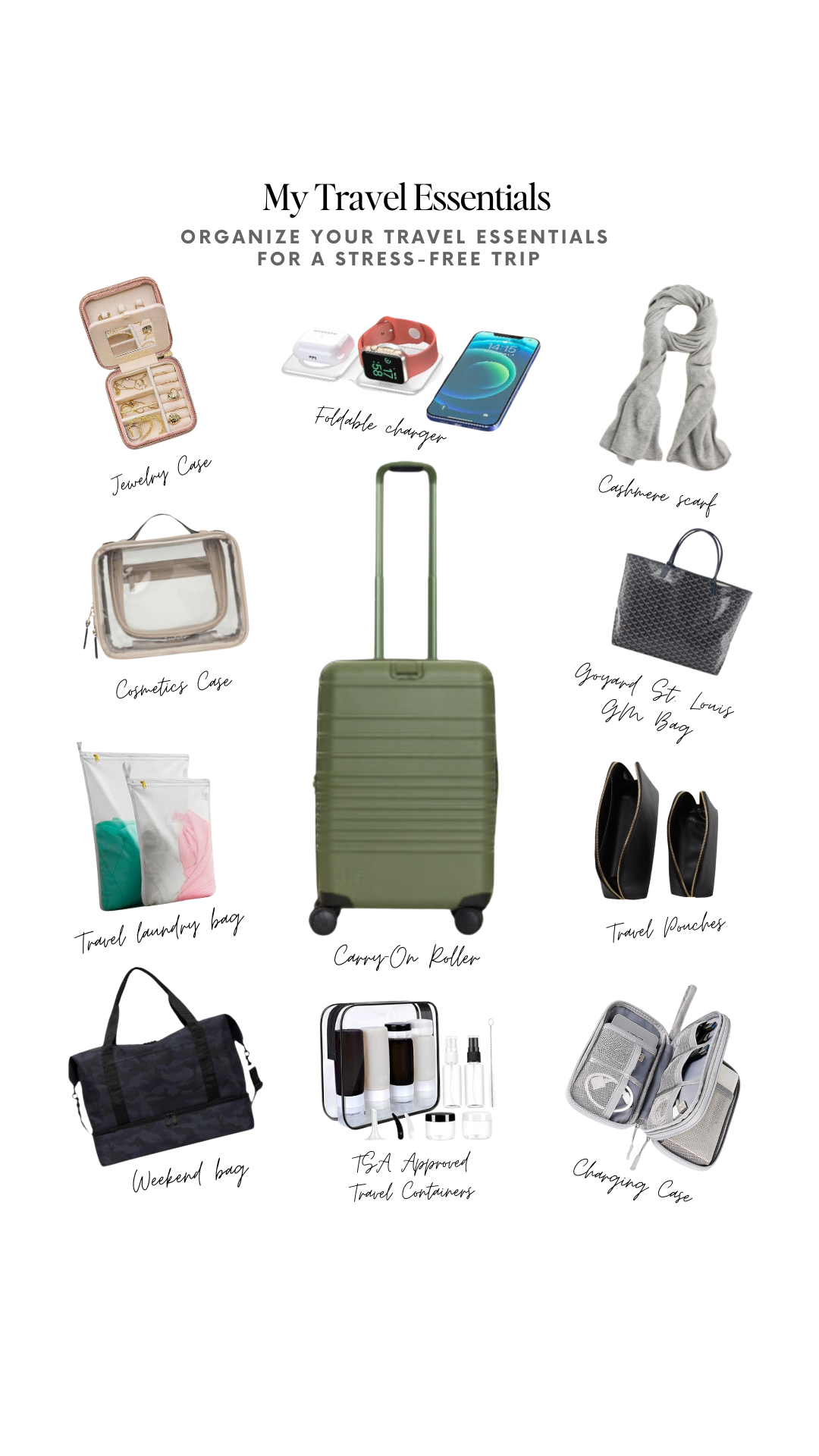
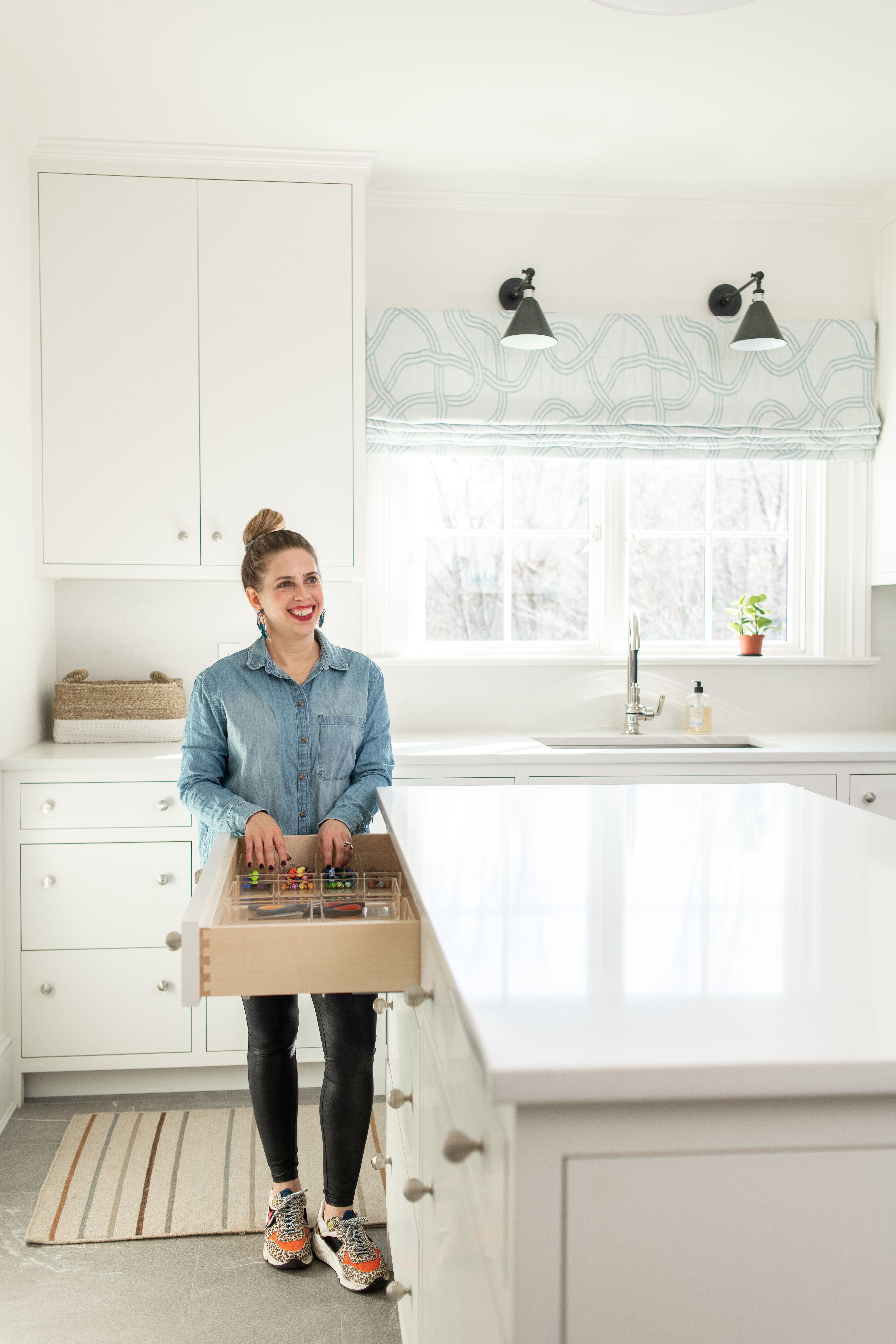
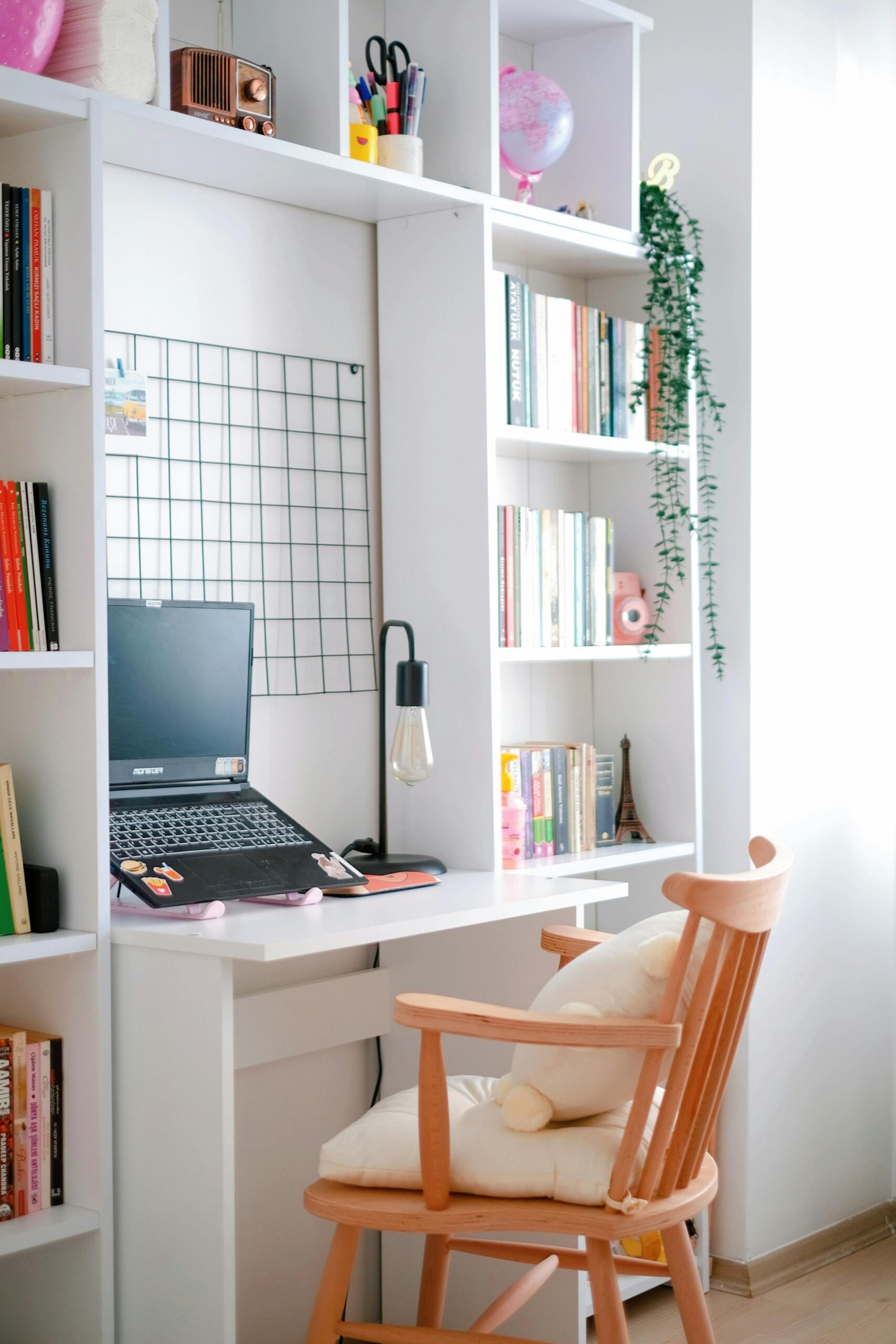



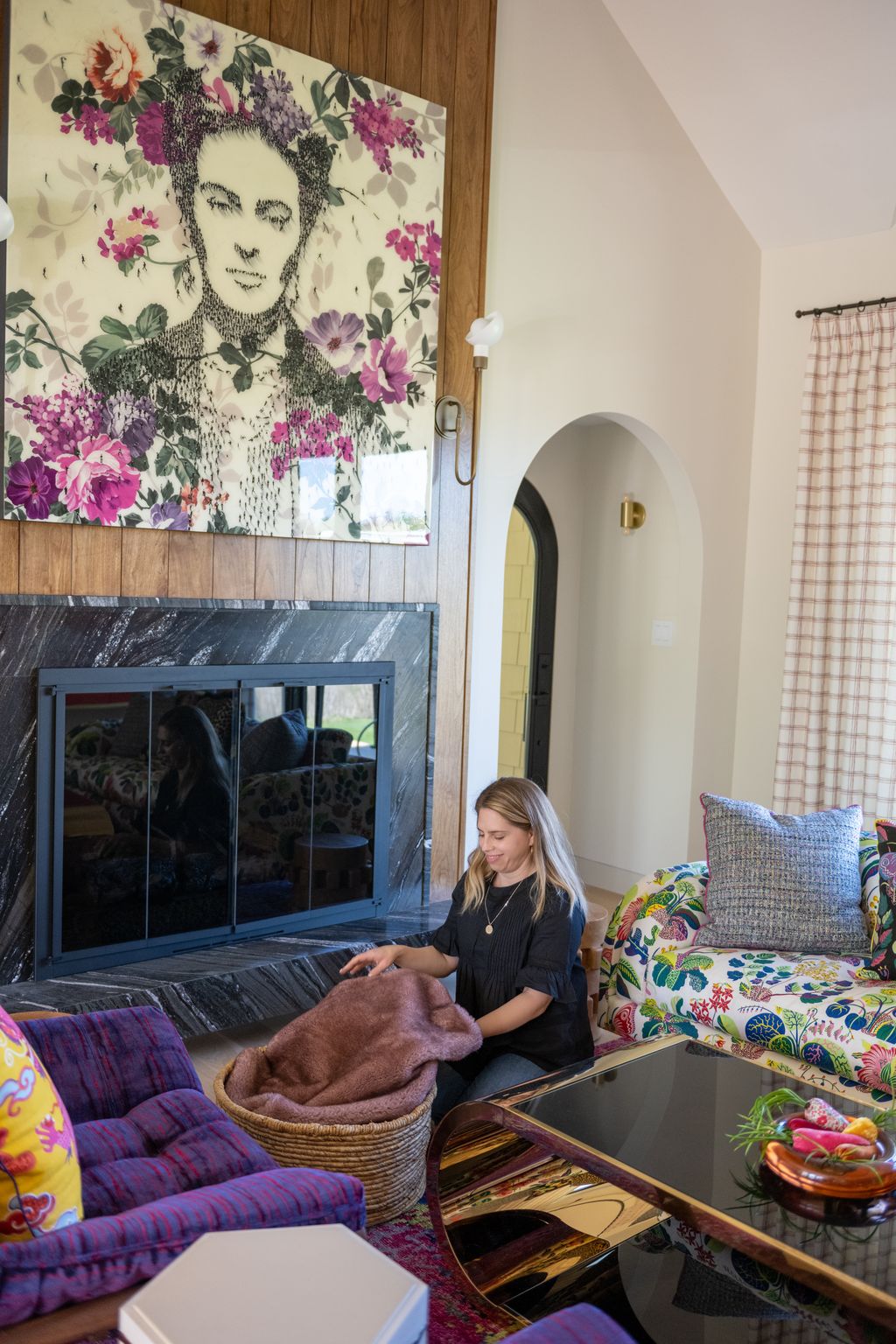
+ show Comments
- Hide Comments
add a comment